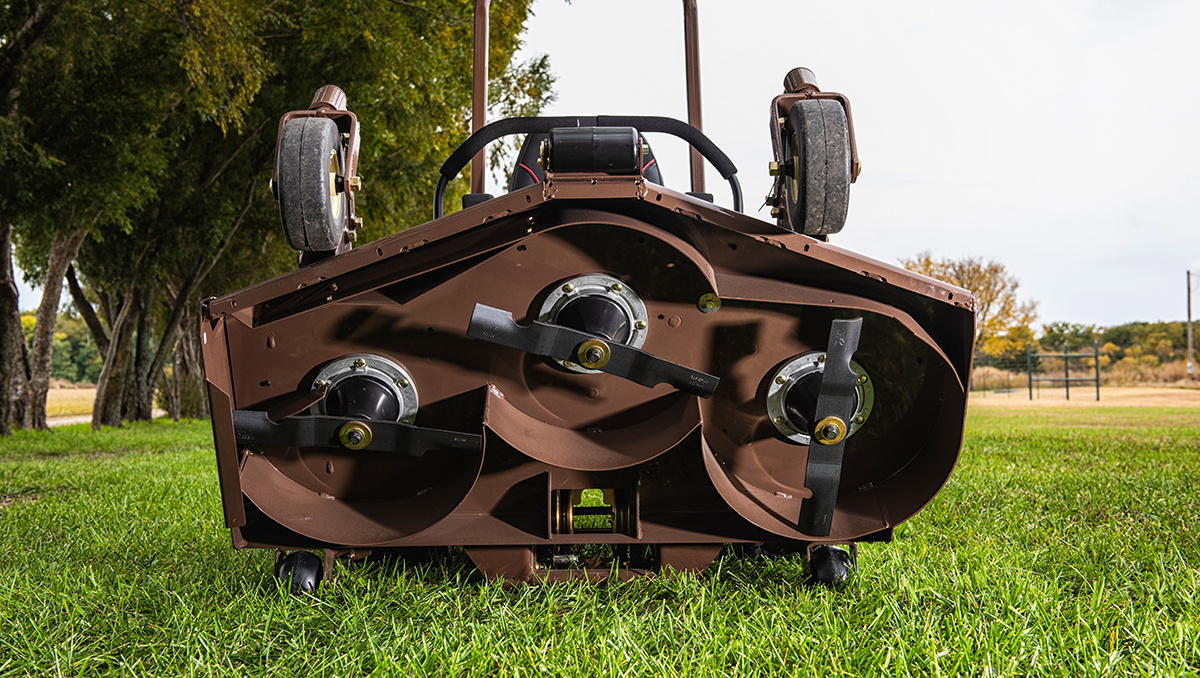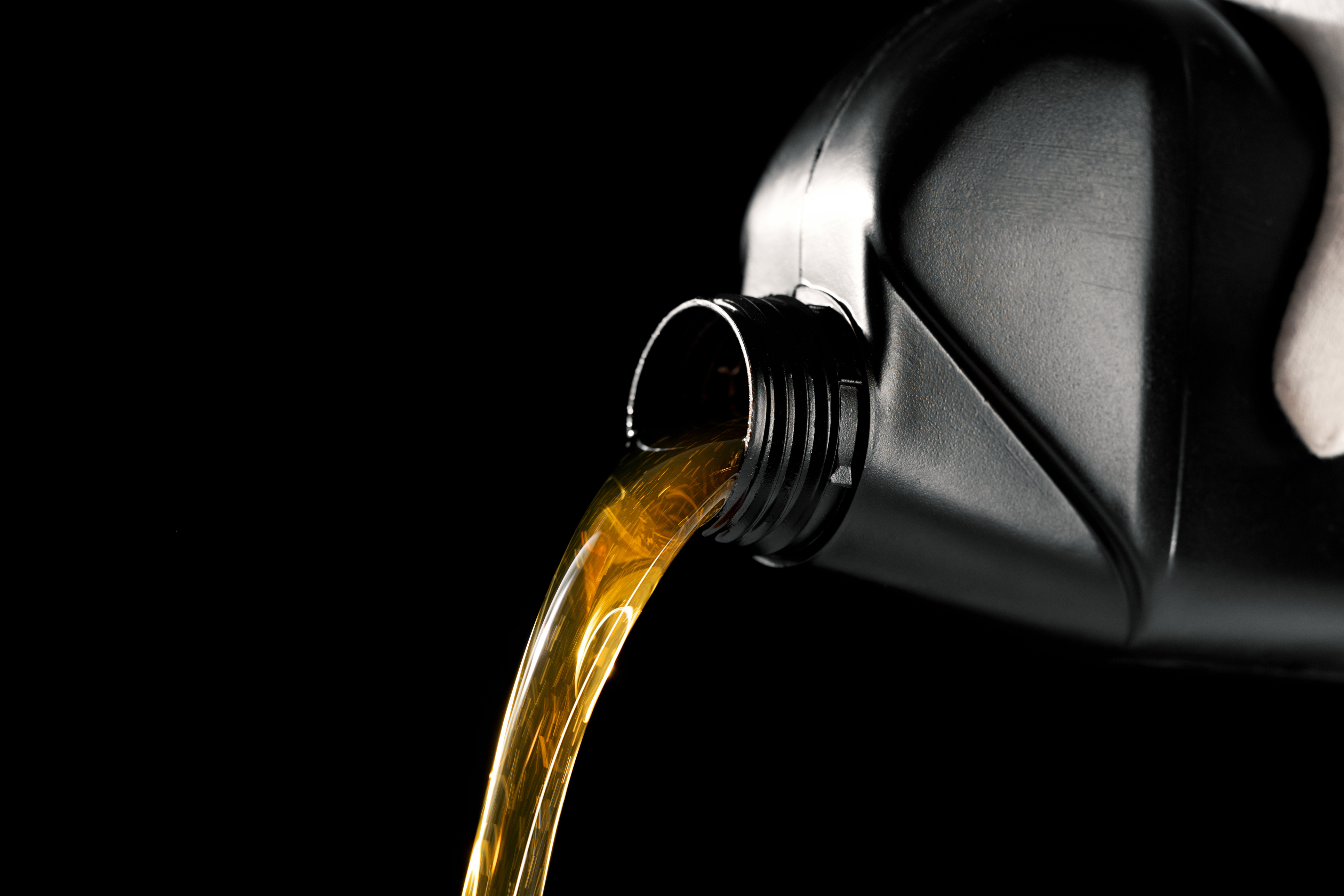If your mower maintenance mindset is, “Engine oil is all the same,” your zero-turn is likely paying a price and underperforming.
The right engine oil can prolong the life of your zero-turn mower. Your Grasshopper mower’s engine delivers the horsepower required to rotate blades, maneuver the machine across your yard’s terrain, and run efficiently for the time you expect to spend cutting your large property.
On the other hand, the wrong mower engine oil will reduce efficiency and cause wear and tear from factors such as improper viscosity for the type of zero-turn engine, its run temperature and the climate where you live. So, while aiming to do something good for your mower—keeping up with oil changes—you could be doing a lot of harm.
What should you know about selecting the correct mower engine oil for your Grasshopper zero-turn ride-on? Let’s get to the bottom of this frequently asked maintenance question.
Decoding engine oil
The mower engine oil your Grasshopper servicing dealer offers is all packaged the same way, but the labels contain important information to help you select the right oil for your zero-turn.
Every oil has a specific grade, and this is signified by the SAE number on the label. SAE stands for Society of Automotive Engineers, and they developed a classification system to define how thick or thin an oil is at different temperatures. This is what’s known as viscosity.
SAE assigns numbers to indicate viscosity. Lower numbers represent thinner oils that flow better in cold temperatures, and higher numbers are assigned thicker oils that offer optimum lubrication and higher operating temperatures.
Oil viscosity matters because it has an impact on how oil flows through an engine’s working parts. If it moves too fast or too slow while a mower is hard at work cutting your lawn, the engine will lack the necessary lubrication to run efficiently and affect the mower’s ability to deliver a quality cut. Damage to the machine is also a risk. Engine oil that is too thick will not flow and lubricate parts properly, leading to similar damaging effects.
Here is a breakdown of SAE grades, ideal conditions and ideal temperatures for operation:
- SAE 0W-30: Cold, suitable for low temperatures
- SAE 5W-30: Moderate, slightly thicker and ideal for low to moderate temperatures
- SAE 10W-30: Warm, works well in moderate to high temperatures
- SAE 10W-40: Suitable for higher temperatures
- SAE 15W-50: Best for mower performance in extremely high temperatures
Grasshopper recommends SAE 30, 10W-30 or 10W-40 engine oil depending on the engine type and operating temperatures. We also suggest synthetic oil blends or full synthetic oils like SAE 5W-30 or 15W-50 to enhance your zero-turn mower’s performance and protect the engine in extreme temperatures.
How often to change your mower engine’s oil
Your Grasshopper mower’s manual packet includes a manual provided by the engine manufacturer that includes oil specifications for a variety of operating conditions. Keep in mind, the frequency for changing engine oil depends on the engine make and model. Some engine manufacturers recommend changes every 50 hours. Some may even allow for every 100 hours or more. This all depends on not only the engine, but the environment you are mowing in. Additionally, a new engine will require a “break-in” oil change, typically between 10-25 hours. Following this break-in period, stay on schedule to maintain the integrity of your mower.
Grasshopper zero-turn mowers are built with different engine types, sizes and features. This is why reviewing the operators manual is critical.
Pro Tips from Grasshopper
Start with these engine-healthy habits: Always check the oil level before starting your mower. Change oil at recommended intervals based on the user’s manual, and select the proper grade of oil.
Remember these other important maintenance tips:
- Change filters according to recommended intervals in the Grasshopper Mowers owner’s manual.
- Inspect cooling fans to be sure they are free of obstructions.
- Use filters and fluids specified by Grasshopper.





